Public Administration MCQs 2012
Get a deep insight into the practical challenges and theoretical underpinnings of governance with the solved Public Administration MCQs from 2012. This past paper explores core issues like bureaucratic accountability, the politics-administration dichotomy, and the differences between public and private organizations. It also covers modern reform movements such as Total Quality Management (TQM) and the “Reinventing Government” concept from the book by Osborne and Gaebler. Practicing these questions will enhance your analytical skills and prepare you for conceptual questions in the exam.
Which movement drove Gore’s Reinventing Government efforts more than any other effort?
A. Re-engineering
B. Downsizing
C. Continuous improvement
D. E-government
The government risks sacrificing control, responsiveness, and sometimes quality when it relies on _________ for program implementation.
A. backward mapping
B. whistle-blowers
C. proxies
D. congressional staff
Which movement began at the state level in the mid-1970s?
A. E-government
B. Continuous improvement
C. Reengineering
D. Downsizing
All of the following are considered implementation problems EXCEPT:
A. fragmentation
B. whistle-blowing
C. inequity
D. lax federal control
“Reinventing government” was a term taken from the best-selling book by ________.
A. Osborne and Gaebler
B. Kettl and Fesler
C. Gore and Frederickson
D. Hammer and Champy
The central elements of bureaucratic accountability are _____ and _______.
A. Congress; the courts
B. the president; fragmentation
C. Congress; the president
D. the Constitution; the law
What is considered to be the basic building block of large administrative enterprises?
A. pluralism
B. organization
C. structure
D. bureaucracy
Of the following are approaches to accountability:
A. legal boundaries
B. political challenges
C. evolving policy problems
D. All of these
The traditional and dominant model of organizational theory is the _________.
A. hierarchical approach
B. pluralist approach
C. government-by-proxy approach
D. humanist approach
The politics-administration dichotomy maintains democratic accountability by _______.
A. allowing politicians to be free to act as they see fit.
B. separating political decision making from administrative policy responsibility
C. shifting from lawmakers to citizens
D. revealing a clear chain of command
